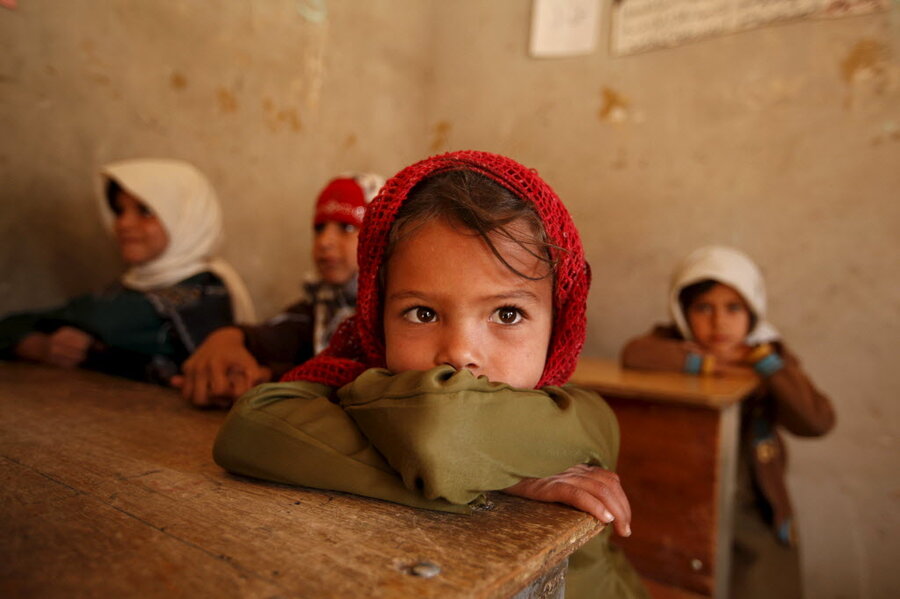Good grades for girls’ education
Loading...
The most powerful way to improve a society, says UNESCO Director General Irina Bokova, is to educate its girls better. If she’s right, the world is now a much improved place.
Since a global antipoverty campaign began in 2000, young girls have started to enroll in primary school at rates similar to boys. In addition, the number of primary-age children leaving school has fallen by an estimated 43 percent, according to UNESCO.
This progress, while uneven country to country, needs to be heralded simply to ensure that the task of providing a formal education to all girls is achieved. This cause does not lack for champions. First lady Michelle Obama is the latest, having launched a “Let Girls Learn” campaign last year. She hopes to continue it “for decades.” She follows in the footsteps of Malala Yousafzai, the young Pakistani who struggled for the right of girls to go to school, was then shot by the Taliban for speaking out, and won a Nobel Peace Prize for her efforts in 2014. (She is now busy studying in Britain.)
On Wednesday, the World Bank jumped on the bandwagon with a plan to spend $2.5 billion over five years to help adolescent girls stay in school. The money is targeted mainly in South Asia and sub-Saharan Africa, where the hurdles for girls’ education remain high.
The big focus these days is to ensure girls continue through secondary school rather than drop out for early marriage or family work, or because their parents fear they might be sexually assaulted.
Last year, when the United Nations set new antipoverty goals for the year 2030, all countries for the first time committed to keep kids in secondary education. They also agreed to dedicate 4 to 6 percent of spending on education.
Such optimism is based in part on the many successful models for improving girls’ education.
One is to reduce the time that girls in poor villages spend fetching water each morning. Another is to give them bicycles for safer, quicker transport. In Kenya, a program discovered that providing school uniforms to sixth-graders reduced the dropout rate. Then there is the need to provide adequate toilets for girls at school.
Some countries, such as Morocco, pay parents to get their children to school, although such cash payments do not always work. A more effective method is to inform parents of available jobs in the area or showcase local women whose education brought them paid work.
Such incentives, however, come out of a larger change. As Indian Prime Minister Narendra Modi, another champion of girls, put it: “We have to change our thinking and stop believing that boys are superior to girls. We should change our mentality.”
That shift is well on its way worldwide, and yet it needs more money, champions, and models.







